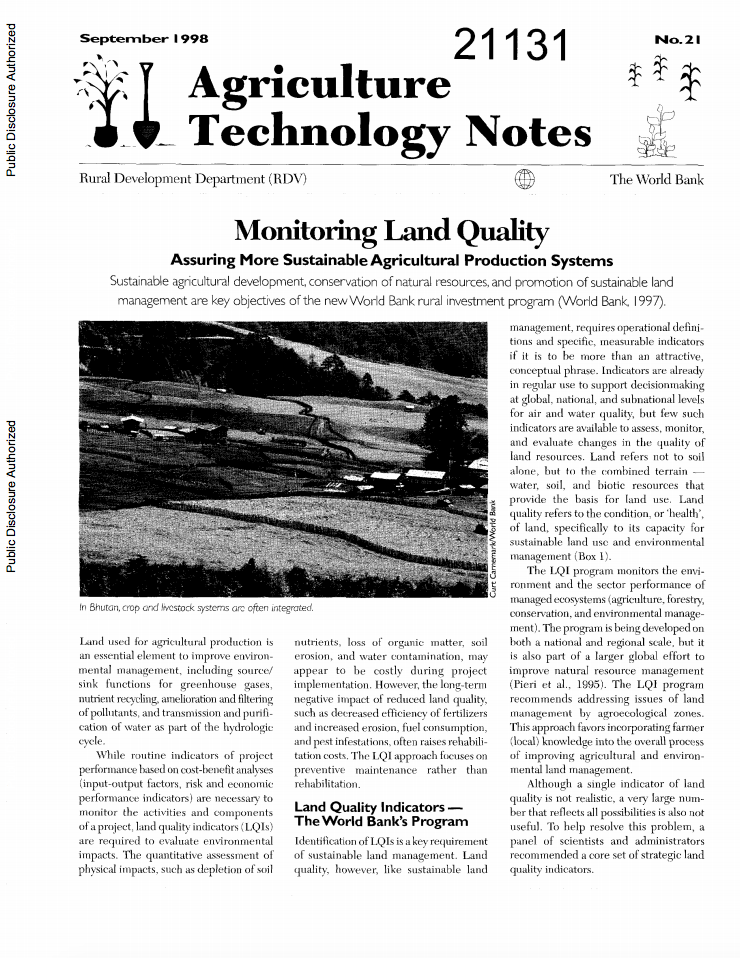Rural growth linkages in the Eastern Cape Province of South Africa
This report addresses the impact of rising smallholder incomes on local non-agricultural development in the Eastern Cape of South Africa. It determines how increased rural incomes are spent on a mix of goods and services, and debates the implications of these spending patterns for growth in rural areas through the alleviation of demand constraints. These results make it possible to identify areas of intervention necessary for sustaining growth originating from stimulus to tradable agriculture from economic reforms.




